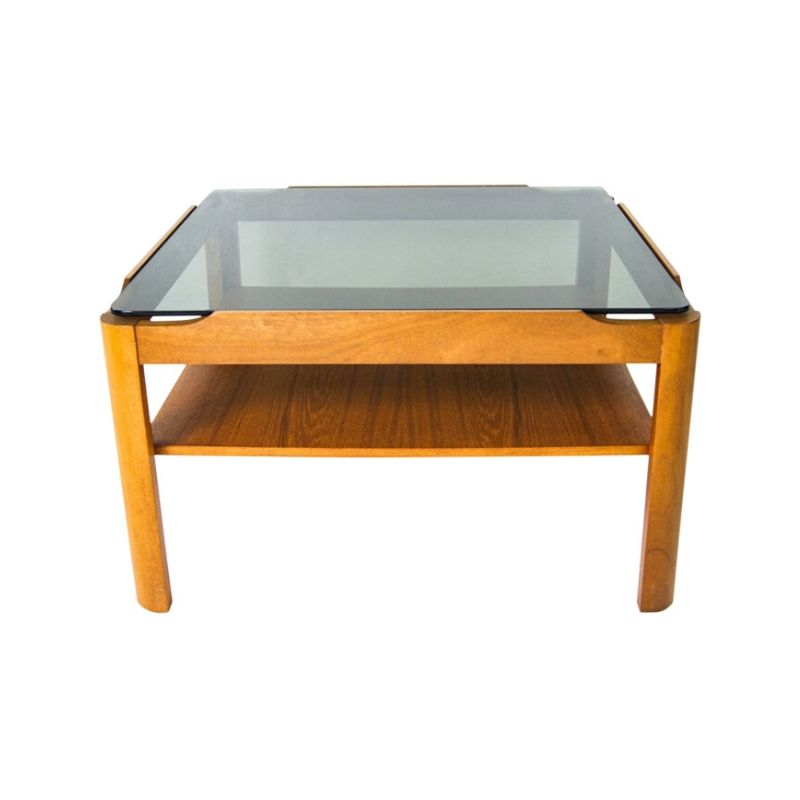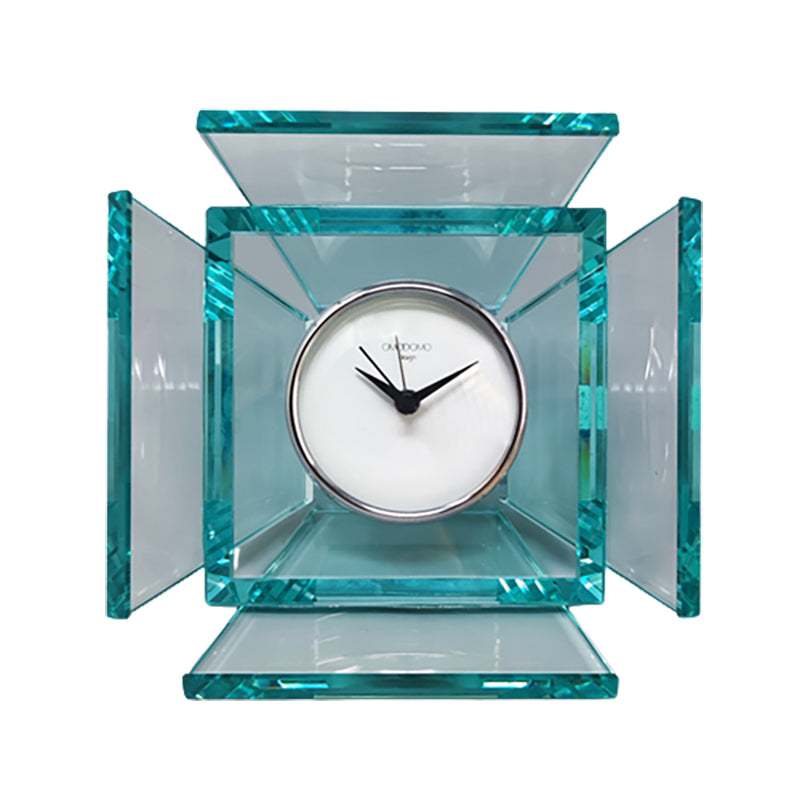Hi everyone !
I have recently acquired a wonderful quality rosewood sideboard and I haven't been able to identify its designer or maker.
It is entirely veneered in rosewood, including the back of the sideboard, which is rather extraordinary. The edges are solid rosewood, and rounded. It is beautifully fitted in rosewood too. The drawers are oak lined.
I would be very grateful to anyone's thoughts and opinion !
Very much looking forward to hear
All the best,
Dorian  <img class="wpforo-default-image-attachment wpf
<img class="wpforo-default-image-attachment wpf
Interesting details.
1) Do those front doors utilize mechanical push latches, as I don't see any handholds? If so, I would think you'd be able to date a start point for those. My guess would be 70's.
2) Are there any areas where you can determine the substrate under the veneer. Particle board would also indicate 70's and later construction.
3) Are metal glides used for the sliding drawers, or is it simply wood with grooves?
I've seen plenty of stuff from the 60s with particle board substrate.
More photos of the details cdsilva mentioned might be helpful. I doubt you are going to indentify this sideboard easily. the more photographs you take of little, unimportant ugly details the more likely someone here might be able to help.
Are he legs rosewood?
I suspect it is Norwegian just based on the doors without handles. And the rosewood.
If it makes a difference to those in the know, the dovetails are hand-cut as are the corners of the stopped ends of the dados in the drawer sides.
What I find a tad odd is the grain orientation of the back panel. I don't think it was ever intended to be displayed.
Possibly a custom piece? Maybe English? I'd be curious to measure it just to see if the dims seem to be metric or not. Whoever made it was pretty exacting. Might be a clue.
FWIW, those exact touch latches still seem to be widely available from both US and European outlets.
This could possibly be English. I prefer Norwegian by a lot though. It could be Danish too. But the handle-less doors really was a very Norwegian thing; I have no idea why.. And I suspect it is going to be a very difficult piece to identify. I love seeing the hand work that Tktoo points out, but it also suggest it came from a very low volume shop, and quite possibly is custom, or semi custom (i.e. made to order), and finding documentation on that sort of thing can be very difficult.
If you can find more drawers with those hand cut dovetails and that square cut stopped dado (the square end would have been hand cut with a chisel), then the odds are high you've found a piece by the same workshop. And if you are lucky such a piece might have a story with it of who made it. Or maybe it might be marked, although I wouldn't be surprised if this workshop never marked its wares.
What does the bottom of the case look like?
Solid rosewood fronts for the hidden drawers? Pretty fancy.
I've got a later production Ditzel rosewood desk, whose exposed front drawers are veneer. Each time I see the earlier production desks with the solid fronts with carved-out pulls, I get a little envious.
It's also interesting to see the comparison between darker rosewood interior and faded exterior. I personally like that medium rosewood fade where the color is still mostly there, but the grain is more pronounced.
Sorry, but I have no idea who made your credenza.
Solid rosewood is notoriously unstable if the grain is not almost perfectly straight. Adding the expense and sheer weight helps explain why it's almost exclusively used as veneer. The photo in the OP of the open cabinet is the giveaway. The veneers on the drawers are sequentially cut.
If you need any help, please contact us at – info@designaddict.com














